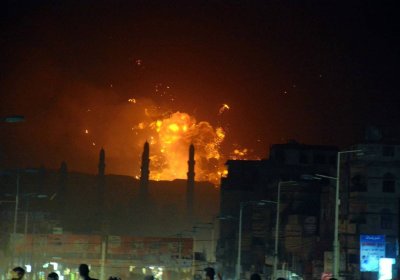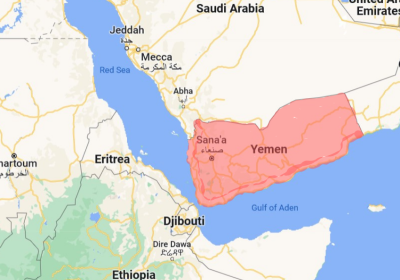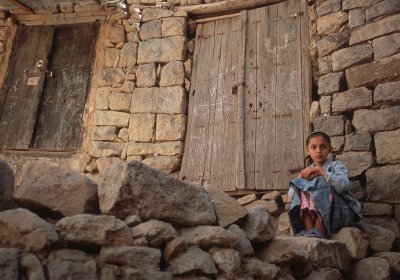The United States deployed B-2 stealth bombers to launch airstrikes on Yemen on October 17, underscoring the US’ deep involvement in a deadly regional war that is threatening to engulf the entire Middle East, reports Jake Johnson.
Yemen
The United States and Britain claim they don't want to expand the war in the Middle East, when that is exactly what they are doing. Alex Salmon and Elizabeth Bantas report.
The eight year long Saudi war on Yemen looks, at long last, within reach of a resolution, reports Rupen Savoulian.
By designating Houthi rebels as terrorists, the United States is worsening Yemen's humanitarian crisis and undermining efforts to negotiate peace, writes Mary Merkenich.
Italian dock workers are refusing to load electricity generators onto a notorious Saudi cargo ship suspected of carrying arms to be used in the war in Yemen, reports Middle East Monitor.
It is supposedly in our name that the PM would send Australians to kill and die in Iran. A war there would almost certainly result in a catastrophe that would compound and eclipse the regional destabilisation caused by the US and Australia during the invasion of Iraq and the ongoing war in Afghanistan, writes Hector Ramage.
March 26 marked four years of devastating war in Yemen. An estimated 50,000 people have been killed as a direct result of the war and 85,000 children may have died of hunger and preventable diseases.
As Yemen faces the world’s worst humanitarian crisis, a major new report has documented the role that the United States and Europe have played in the deaths of hundreds of civilians in the Saudi- and UAE-led war on Yemen.
As the brutal murder of a Saudi journalist Jamal Khashoggi by the Saudi regime dominates headlines, Khury Petersen-Smith takes a look at Show the US is backing Saudi war crimes in Yemen.
Twenty days after Saudi Arabia and the United Arab Emirates (UAE) bombed a school bus full of children in Yemen in August, United States Defense Secretary James Mattis hosted officials from the two US allies at the Pentagon.
As Yemeni journalists reported that at least 15 civilians were killed in Saudi airstrikes in the port city of Hodeidah on September 12, US Secretary of State Mike Pompeo officially certified that Saudi Arabia and the United Arab Emirates (UAE), whose three-year assault on the country has been made possible by US support, are doing all they can to avoid civilian casualties.
Two years of the U.S.-backed Saudi war in Yemen has caused a disastrous humanitarian situation in the poorest Arab country. The conflict is increasingly stoking anti-American sentiment among Yemenis, many of whom see the U.S. government as a killer using Saudi hands.
The conflict began in 2015, when President Abed Rabbo Mansour Hadi resigned and went into exile, and Saudi Arabia led an armed coalition allegedly to restore Hadi’s legitimacy. Hadi now leads a government-in-exile while the rebel Houthi movement surges in Yemen.
The world media’s attention has focused on the very real humanitarian crisis gripping hurricane-ravaged nations in the Caribbean and regions of the United States, but the “world’s worst humanitarian catastrophe” (in the words of The New York Times in August) is in Yemen.
- Page 1
- Next page











